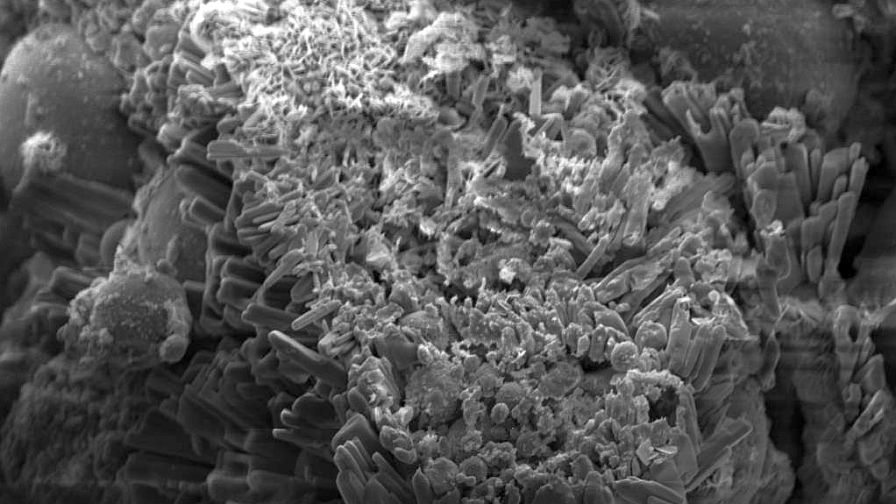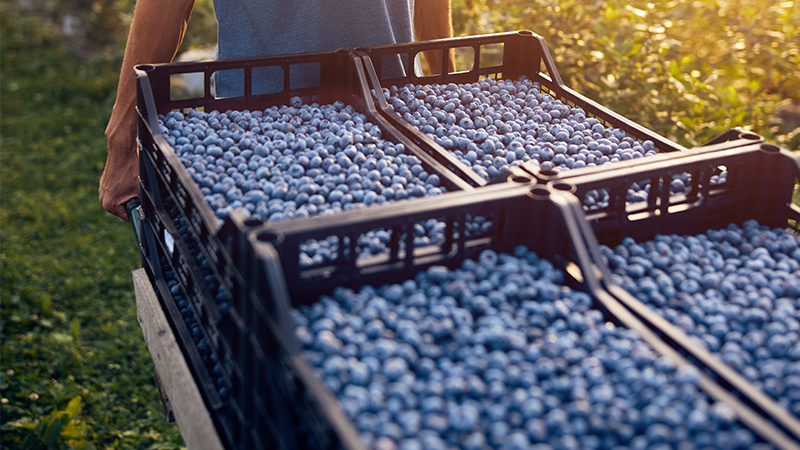USDA Pulls 8 Products from Approved Organic Production List

Magnesium carbonate under a microscope. Photo by Engineering at Cambridge.
After a few months of speculation, the USDA’s Agricultural Marketing Service has published its Sunset 2017 final rule on approved products for organic production and handling.
Here’s the list of what will be removed from the national list, which includes three synthetic substances and five nonorganic agricultural substances:
- Lignin sulfonate (as a floating agent in postharvest handling)
- Furosemide
- Magnesium carbonate
- Chia*
- Dillweed oil*
- Frozen galangal*
- Frozen lemongrass*
- Chipotle chile peppers*
* Organic forms of chia, dillweed oil, galangal, lemongrass, and Chipotle chile peppers continue to be allowed in organic products and are not affected by this ruling.
Based on public comments to the Sunset 2017 Proposed Rule, USDA is renewing the listing for three substances on the National List: inulin-oligofructose enriched, Turkish bay leaves, and whey protein concentrate. These three substances have been renewed for use in organic handling and will be reviewed again as part of the 2022 Sunset review.
You can read the full text of USDA’s the Sunset 2017 Final Rule on its website.









